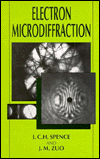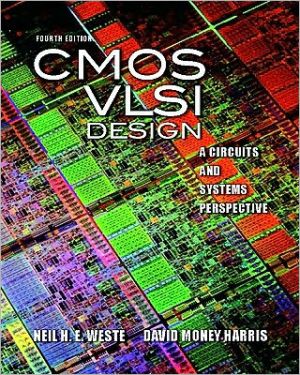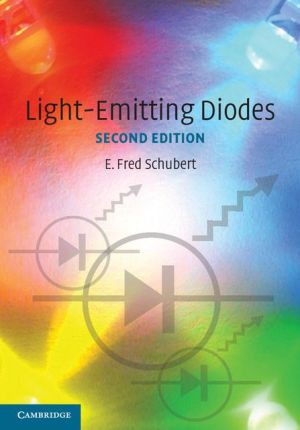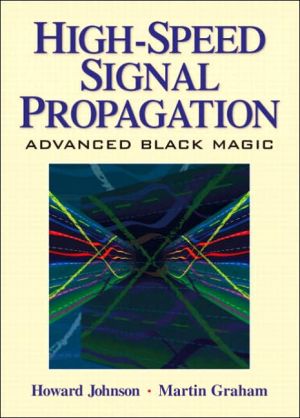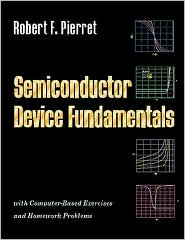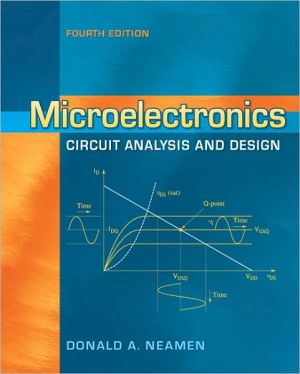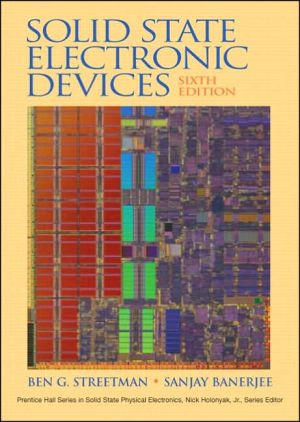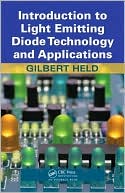Electron Microdiffraction
This comprehensive and practical book offers a concise summary of the current theory and practice of this important microscopy technique. An extensive listing of materials is included as well as several FORTRAN programs and the PostScript code to allow printing of Holz line patterns on a laser printer. The readable text makes this volume valuable for both researchers and graduate students.
Search in google:
This comprehensive and practical book offers a concise summary of the current theory and practice of this important microscopy technique. An extensive listing of materials is included as well as several FORTRAN programs and the PostScript code to allow printing of Holz line patterns on a laser printer. The readable text makes this volume valuable for both researchers and graduate students. Booknews Introduces to graduate students in materials science or physics, a technique for extracting crystal-structure information from submicron regions of material, using a transmission electron microscope. Focusing on the interpretation of the diffraction patterns, covers the basic theory, applications, and experimental methods, and provides extensive references to the literature. Includes some FORTRAN source code listings, and the POSTSCRIPT code for printing the patterns on a laser printer. Annotation c. Book News, Inc., Portland, OR (booknews.com)
1A Brief History of Electron Microdiffraction12The Geometry of CBED Patterns72.1One-Dimensional (Systematics) CBED92.2Two-Dimensional CBED152.3The Geometry of HOLZ and Kikuchi Lines (Kinematic)203Theory293.1Electron and X-Ray Structure Factors. Temperature Factors303 2Many-Beam Theory353.3Two-Beam Theory and the Bethe Potentials. How Bragg's Law May Fail If More Than Two Beams Are Excited403.4The Concept of the Dispersion Surface443.5Degenerate and Nondegenerate Perturbation Theory483.6Three-Beam Theory and Particular Solutions for Centrosymmetric Crystals523.7Three-Beam Theory - Noncentrosymmetric Crystals and the Phase Problem563.8Dynamic HOLZ Intensities and Positions. Dispersion Surfaces for HOLZ Lines. How the Bragg Law Depends on Local Composition633.9Absorption and Its Effects753.10Channeling, Bound States, and Atomic Strings824The Measurement of Low Order Structure Factors and Thickness854.1Two-Beam Methods for Thickness Determination864.2Automated Dynamical Least-Squares Refinement Methods884.3Error Propagation in Refinement by CBED984.4Measurement of Debye-Waller Factors by CBED1004.5What Is Measured. Charge Density and the Total Crystal Energy1014.6The Significance of the Mean Inner Potential V[subscript 0]1045Applications of Three and Many-Beam Theory1075.1Finding Atom Positions. Structure-Factor Phase Measurement. Enantiamorphs1075.2Critical Voltages1205.3The Intersecting Kikuchi-Line and HOLZ-Line Methods1235.4Local Measurement of Strains, Composition, and Accelerating Voltage Using HOLZ Lines1255.5Polarity Determination in Acentric Crystals1315.6The Inversion Problem1346Large-Angle Methods1376.1Large-Angle Methods for the ZOLZ1376.2Large-Angle Methods for the HOLZ1437Symmetry Determination1457.1Point Groups1487.2Bravais Lattice Determination1587.3Space Groups1607.4Phase Identification1668Coherent Nanoprobes. STEM. Defects and Amorphous Materials1698.1Subnanometer Probes, Coherence, and the Best Focus for CBED1708.2Lattice Imaging in STEM Using Overlapping CBED Orders1778.3CBED from Defects - Coherent Nanoprobes. Site Symmetry, Atom Positions1818.4Ronchigrams, Point Projection Shadow Lattice Images, and Holograms1918.5CBED from Defects - Incoherent. Dislocations and Planar Faults. Multilayers. CBIM2018.6Microdiffraction from Amorphous Materials2109Instrumentation and Experimental Technique2139.1Instrumentation2149.2Experimental Technique2179.3Detectors and Energy Filters2199.4Electron Sources233References245Appendix 1. Useful Relationships in Dynamical Theory255Appendix 2. Electron Wavelengths, Physical Constants, etc257Appendix 3. Crystallographic Data259A3.1. The Reciprocal Lattice259A3.2. The Seven Crystal Systems260A3.3. Interplanar Spacings261A3.4. Extinction Conditions Resulting from Screw and Glide Symmetry261A3.5. Symmetries in Zone-Axis CBED Patterns263A3.6. Height H of HOLZ Planes for Zone (u, v, w)265A3.7. The Use of a Metric Matrix for Crystallographic Calculations265Appendix 4. Indexed Diffraction Patterns with HOLZ267Appendix 5. Computer Programs277A5.1. Plotting HOLZ Lines277A5.2. Bloch-wave Dynamical Programs296A5.3. Multislice Programs308Appendix 6. Crystal Structure Data323Appendix 7. A Bibliography of CBED Applications Indexed by Material329References for the Appendixes353Index355
\ BooknewsIntroduces to graduate students in materials science or physics, a technique for extracting crystal-structure information from submicron regions of material, using a transmission electron microscope. Focusing on the interpretation of the diffraction patterns, covers the basic theory, applications, and experimental methods, and provides extensive references to the literature. Includes some FORTRAN source code listings, and the POSTSCRIPT code for printing the patterns on a laser printer. Annotation c. Book News, Inc., Portland, OR (booknews.com)\ \
